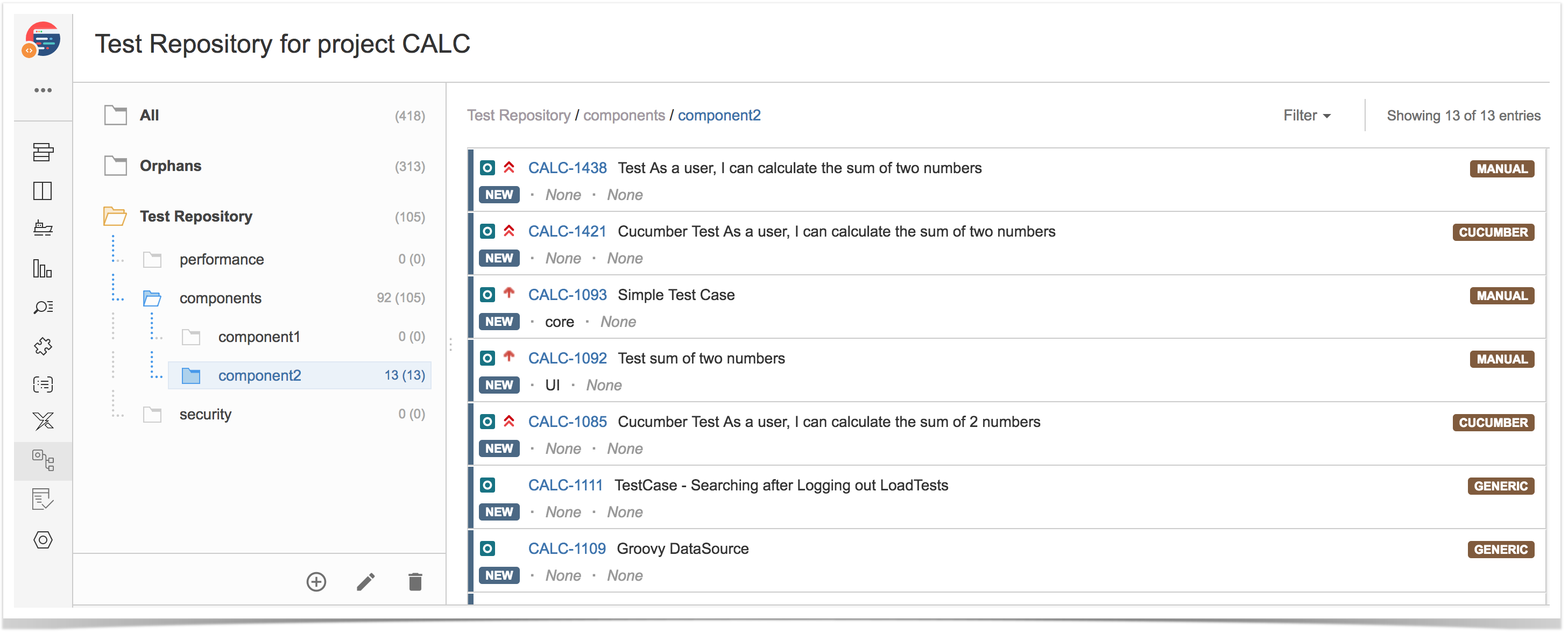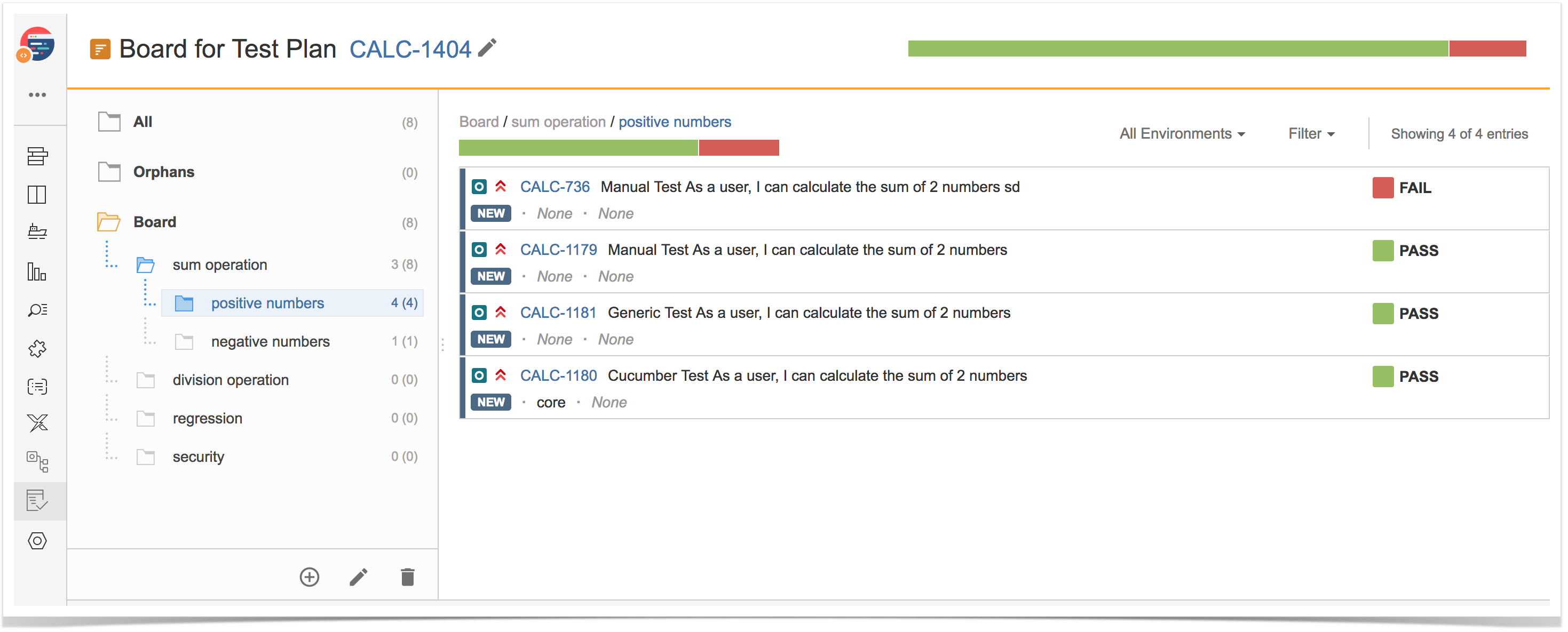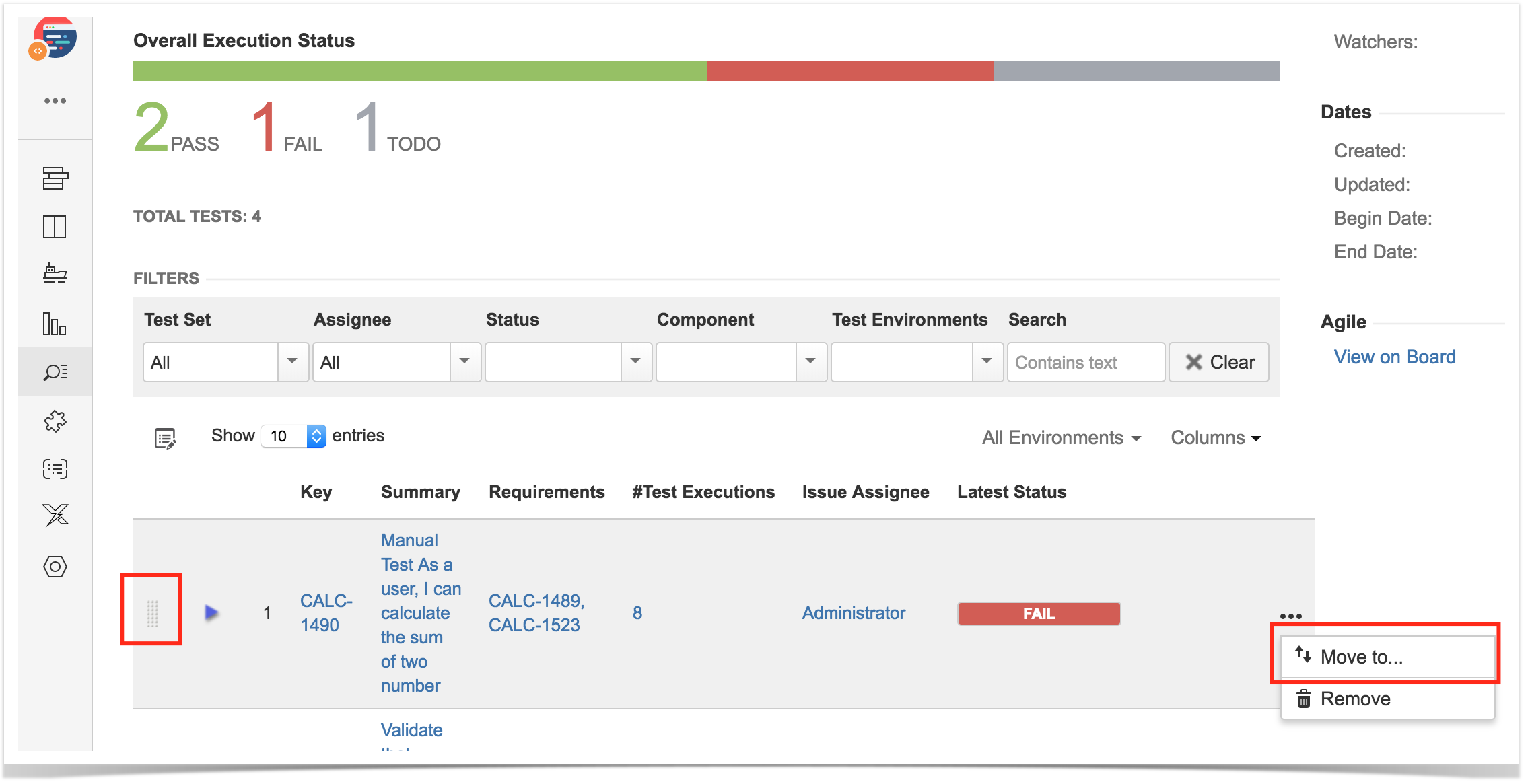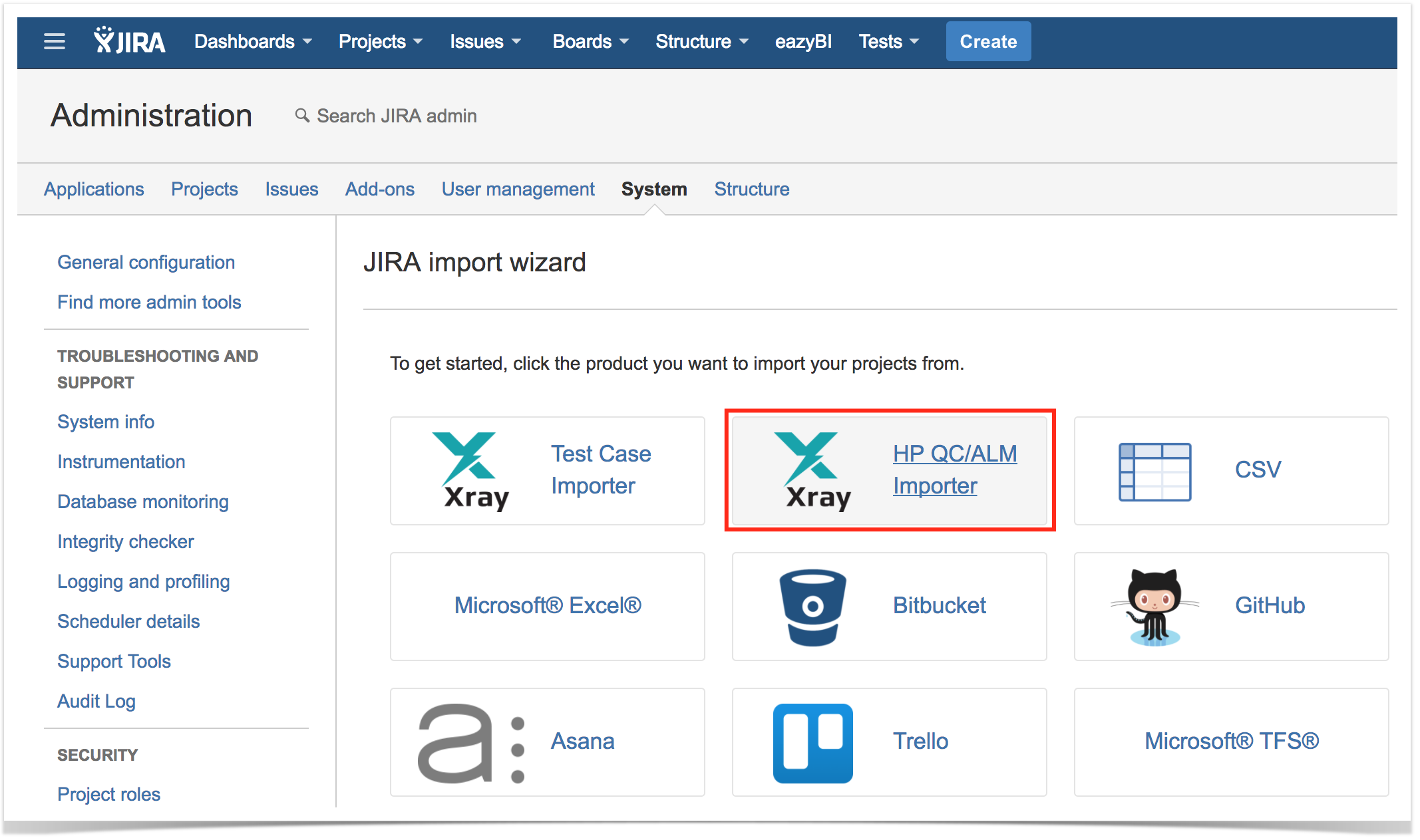11th December 2017
The Xray team is proud to announce the release of Xray 3.0.0.
Xray v3.0 introduces hierarchical test organization both at the project level (via the Test Repository) and at Test Plan level (via the Test Plan Board). It can be enabled or disabled, and works alongside existing entities, including Test Sets.
Discover the key features below
Upgrading to Xray 3.0.0
Re-indexing JIRA
After installing version 3.0.0 of Xray, a re-index operation of your Jira instance is required. This will enable Xray custom fields to become searchable.
Release highlights
Test Repository
Xray v3.0 introduces the Test Repository concept which enables the hierarchical organization of Tests at the project level by allowing users to organize Tests in folders.
This is a different approach from the traditional way of organizing Tests in flat lists by using Test Sets, which was the only available method before Xray v3.0.
Users coming from legacy Test Management tools may find this approach more natural and intuitive. Other organizations may prefer to not enable this feature at all and continue using the Test Set approach instead. There are more some pros and cons on using this kind of organization, but both concepts can exist side-by-side.
A new custom field Test Repository Path for Test issues can be included in the respective screens to see the Test Repository folder to which the Test belongs.
Learn more about the Test Repository here.
Test Plan Board
While the Test Repository addresses the organization of Tests within the scope of a given project during the specification phase, the Test Plan Board does it at the planning level (and as consequence, at execution).
The Test Plan Board enables you to organize the Tests that are part of your Test Plan in multiple folders and sub-folders. Implicitly, you can also define the order of the Tests and the relevance of those grouped Tests (i.e., folders) by ranking them within the tree presented within the Board.
By providing you the ability to define groups and sub-groups (i.e., folders and sub-folders) for the Test Plan's Tests, you're able to track them independently and see right away their current status, even if the scope of the Test Plan is broader. You can also more easily do operations for those subsets of Tests, such as creating Test Executions.
Learn more here.
Tests ranking within the Test Plan
A long-awaited feature is the ability to rank Tests within the Test Plan, so it could be used for Test prioritization.
This ranking can then be taken into account for the Test Executions created from within the Test Plan.
Ranking of Tests within the Test Plan can be done in two ways: directly in the Test Plan issue screen (if hierarchical test organization is disabled) or in the Test Plan Board (if hierarchical test organization is enabled). This means you can rank Tests, whether you use hierarchies or not.
Tests Evolution Gadget
The new Tests Evolution gadget enables you to see, at a glance, the evolution/trend of the status of a group of Tests, taking into account the results of those Tests in certain Test Executions.
The calculated status (e.g., TODO, PASS, FAIL, etc.) of the Tests per day is shown.
Possible usage scenarios:
- see the progress of the calculated status of certain Tests for a specific version
- see the progress of the calculated status of certain Tests for a specific version on a specific Test Environment
- see the progress of the calculated status of Tests in a given Test Plan, taking into account the Test Executions associated with the Test Plan.
Learn more here.
HP ALM/QC importer
Xray v3.0 provides a built-in basic test importer for HP ALM/QC v12.5x.
It can import test cases from HP ALM's "Test Plan" (not in any way related with Xray's Test Plan issue) by using HP ALM's REST API.
The current implementation is essentially limited to importing manual test specifications, their steps and their attachments.
Learn more here.
Enhanced Documentation
The entire documentation was reviewed for form and clarity, and was also expanded in terms of content.
Some new pages worth giving a look: User Guide, How to implement QA in your projects, Advanced usage, Tips for planning tests, Using custom fields, Test Versioning, Time Tracking, Importing Manual Tests using Test Case Importer, among others.
Specific documentation is provided for the new features, including: Overview of the Test Repository, Test Repository, Overview of the Test Plan Board, Test Plan Board, Importing tests from HP ALM/QC.
New tutorials covering integration with Micro Focus' UFT Pro (LeanFT) are provided: Testing using UFT Pro (LeanFT) and JUnit in Java, Testing using UFT Pro (LeanFT) and NUnit in C#.
We invite you to explore Xray's complete documentation, starting with the Xray Documentation Home page.
And more...
| Administration | JQL functions | Other |
|---|---|---|
|
|
|
New Features and Bug Fixes in this release






